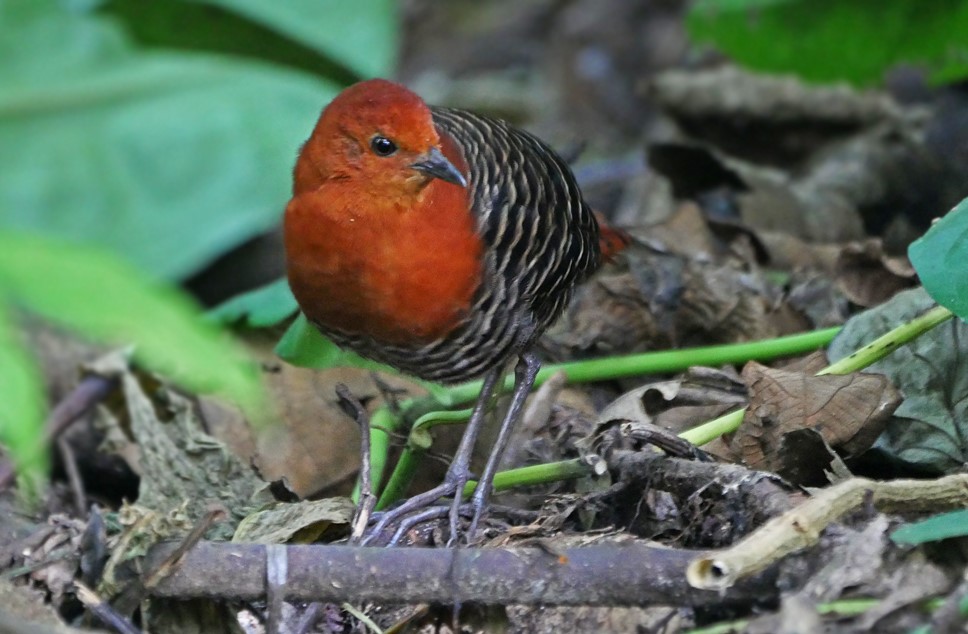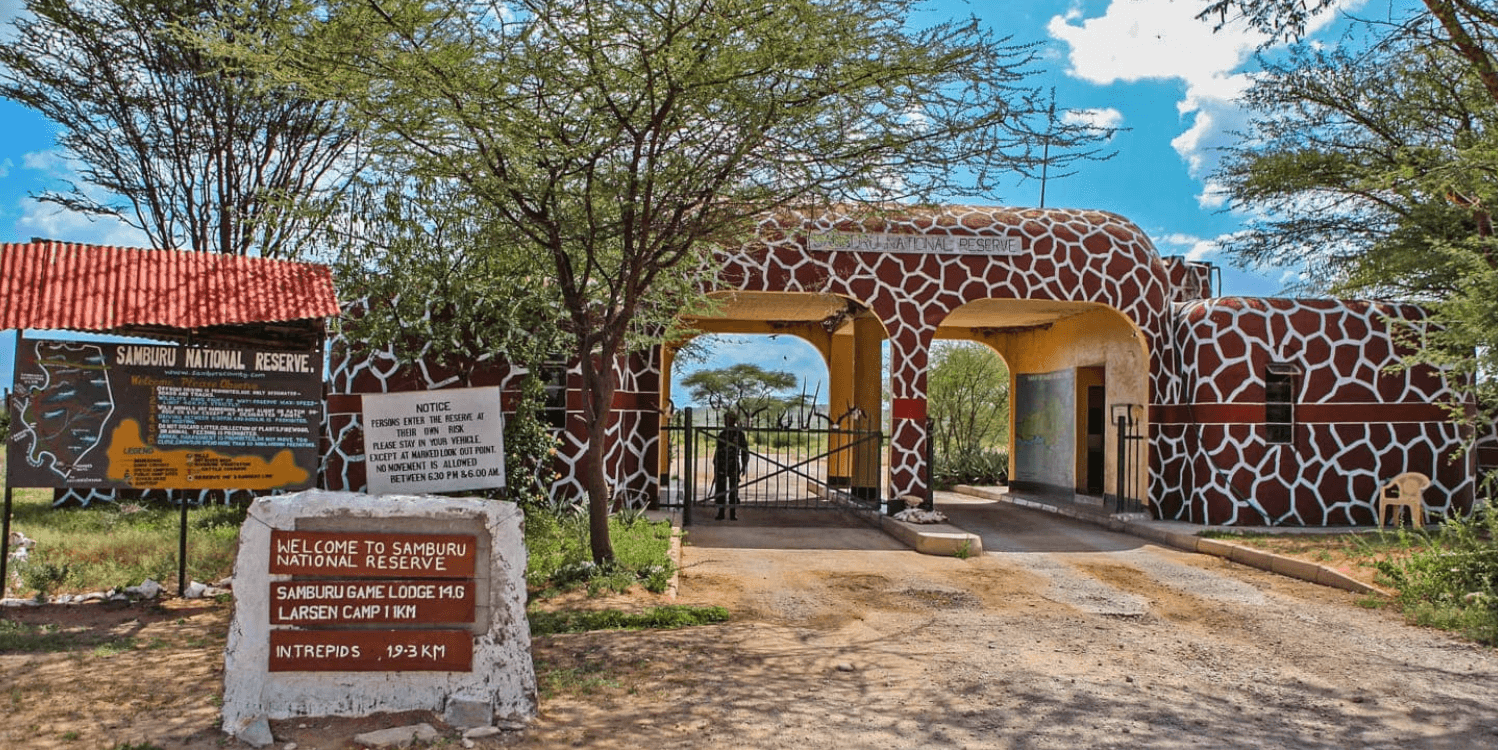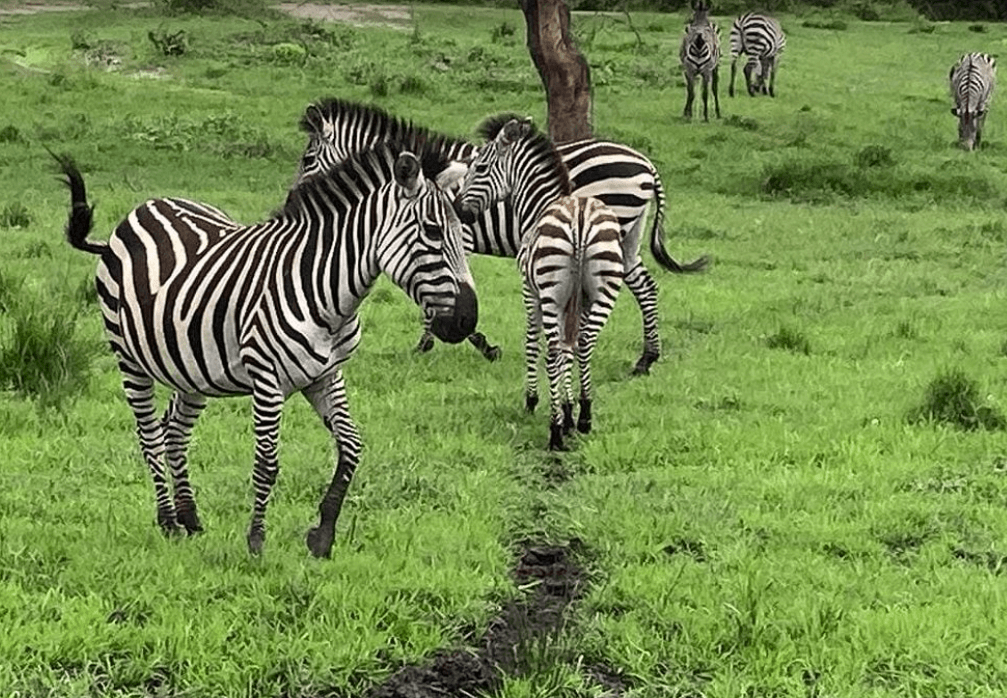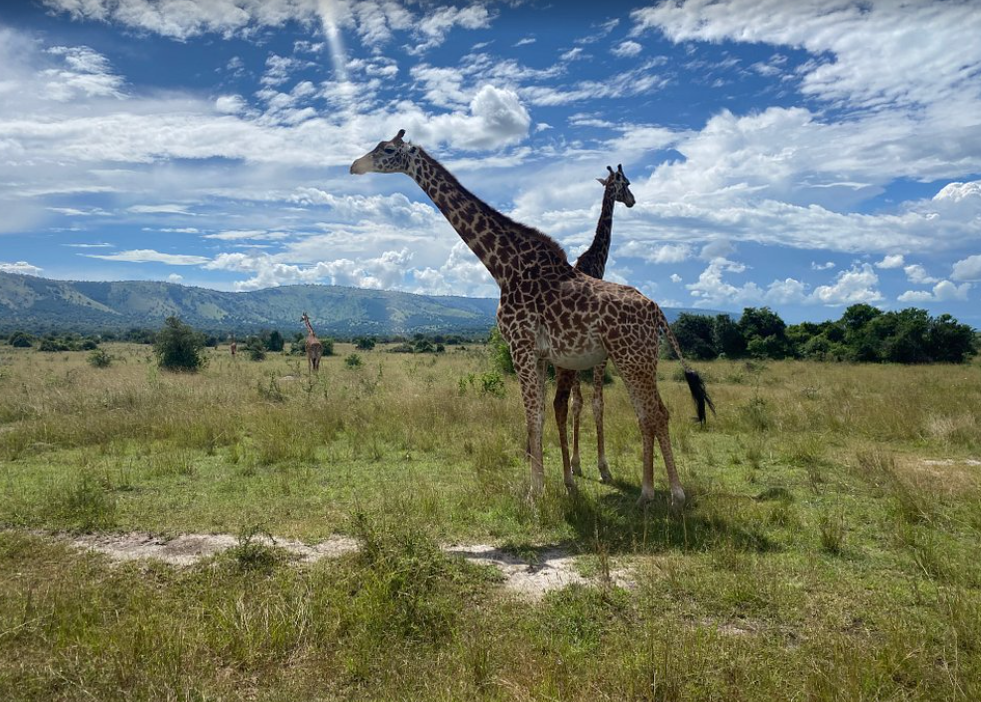Visit to Bigodi Birding Sanctuary: Birdwatchers Haven!
Nestled in western Uganda, Bigodi Birding Sanctuary is a celebrated birding destination within the larger Kibale Forest National Park area. Known for its biodiversity and eco-tourism initiatives, this sanctuary offers bird enthusiasts and nature lovers a remarkable experience, boasting over 200 species of birds, including some of the rarest in Uganda.
Location and Accessibility
Bigodi Birding Sanctuary is located near Fort Portal, in the vibrant wetlands of Bigodi village. It is easily accessible from the Kibale Forest National Park, making it an excellent spot for visitors who are already exploring the famous Kibale Chimpanzee Habituation Experience.
The Birding Experience
Birdwatching at Bigodi is a tranquil yet exciting activity. The sanctuary’s wetlands provide a rich habitat for both migratory and resident birds. You can expect to see some iconic species such as:
- Great Blue Turaco
- Papyrus Gonolek
- Yellow-spotted Barbet
- White-spotted Flufftail
- Western Nicator
- Red-headed Antpecker
Among these, the Great Blue Turaco is especially sought after for its striking appearance and vibrant colors.

Guided Birding Tours
One of the best ways to enjoy birdwatching in Bigodi is through a guided tour. Local guides, often from the nearby community, are highly knowledgeable about the sanctuary’s bird species and ecosystems. They also help visitors identify birds through their songs and calls, adding a layer of immersion to the experience.
Flora and Fauna Beyond Birds
While birding is the primary attraction, the Bigodi wetlands are also home to a variety of other wildlife. You might spot primates such as red colobus monkeys, grey-cheeked mangabeys, and black-and-white colobus monkeys. The lush wetlands also support unique plant species, including papyrus and exotic trees, which create a thriving ecosystem.
Community Involvement and Conservation
The Bigodi community plays a significant role in the sanctuary’s conservation efforts. The proceeds from eco-tourism activities directly support the local people, ensuring a sustainable relationship between tourism and the environment. The KAFRED (Kibale Association for Rural and Environmental Development) is a local organization that manages the sanctuary, emphasizing both biodiversity protection and socio-economic benefits for the village.
Best Time to Visit
The best birding experience at Bigodi is during the dry seasons, from June to September and December to February. During these months, the trails are easier to navigate, and bird sightings are more frequent.
How to Get to Bigodi Birding Sanctuary
Bigodi Birding Sanctuary is about a 6-hour drive from Kampala, Uganda’s capital. Visitors can either drive or take a guided tour package that includes transportation from Fort Portal or Kibale National Park.
Bigodi Birding Sanctuary: Frequently Asked Questions (FAQ)
1. Where is Bigodi Birding Sanctuary located?
Bigodi Birding Sanctuary is located near Bigodi village, close to Kibale National Park in western Uganda. It’s about a 6-hour drive from Kampala, the capital city.
2. What bird species can be found in Bigodi Birding Sanctuary?
The sanctuary is home to over 200 bird species. Some notable species include:
- Great Blue Turaco
- Papyrus Gonolek
- White-spotted Flufftail
- Western Nicator
- Yellow-spotted Barbet
3. Are there guided birding tours available?
Yes, the sanctuary offers guided birdwatching tours. Local guides, who are highly knowledgeable about the bird species and the ecosystem, lead these tours.
4. When is the best time to visit Bigodi Birding Sanctuary?
The best time for birdwatching at Bigodi is during the dry seasons, from June to September and December to February. During this period, trails are accessible and birds are easier to spot.
5. What else can I see at Bigodi besides birds?
In addition to birds, Bigodi Birding Sanctuary is home to various primates like red colobus monkeys, black-and-white colobus monkeys, and grey-cheeked mangabeys. The wetlands also have rich vegetation, including papyrus and exotic plant species.
6. Is Bigodi Birding Sanctuary suitable for beginners in birdwatching?
Yes, Bigodi is an excellent spot for both novice and experienced birdwatchers. The guides help visitors identify birds and enhance the overall experience with their expertise.
7. How much does it cost to visit the sanctuary?
The cost varies depending on the tour package, but the entrance fees are generally affordable. Proceeds from the fees support community projects and conservation efforts.
8. How can I get to Bigodi Birding Sanctuary?
Visitors can drive from Kampala or arrange transportation through a tour operator. The sanctuary is easily accessible from Fort Portal and Kibale National Park.
9. Is it possible to see other wildlife at Bigodi?
Yes, besides birds and primates, the sanctuary’s wetlands support a variety of wildlife, including small mammals, reptiles, and unique plant life.
10. Is there accommodation nearby?
Yes, there are several lodges and guesthouses near Bigodi Birding Sanctuary, as well as in the nearby Kibale National Park area.
11. Can I visit Bigodi on my own, or do I need a guide?
While you can explore the sanctuary on your own, it’s highly recommended to take a guided tour for a more informative and enjoyable experience.
12. Is the sanctuary child-friendly?
Yes, Bigodi Birding Sanctuary is suitable for visitors of all ages, including children, who can enjoy the rich wildlife and serene environment.
If you’re a bird lover or simply looking for a peaceful nature retreat, Bigodi Birding Sanctuary offers a rich and fulfilling experience. Its variety of birds, coupled with stunning wetland scenery and community involvement, makes it one of Uganda’s most cherished birdwatching spots.






